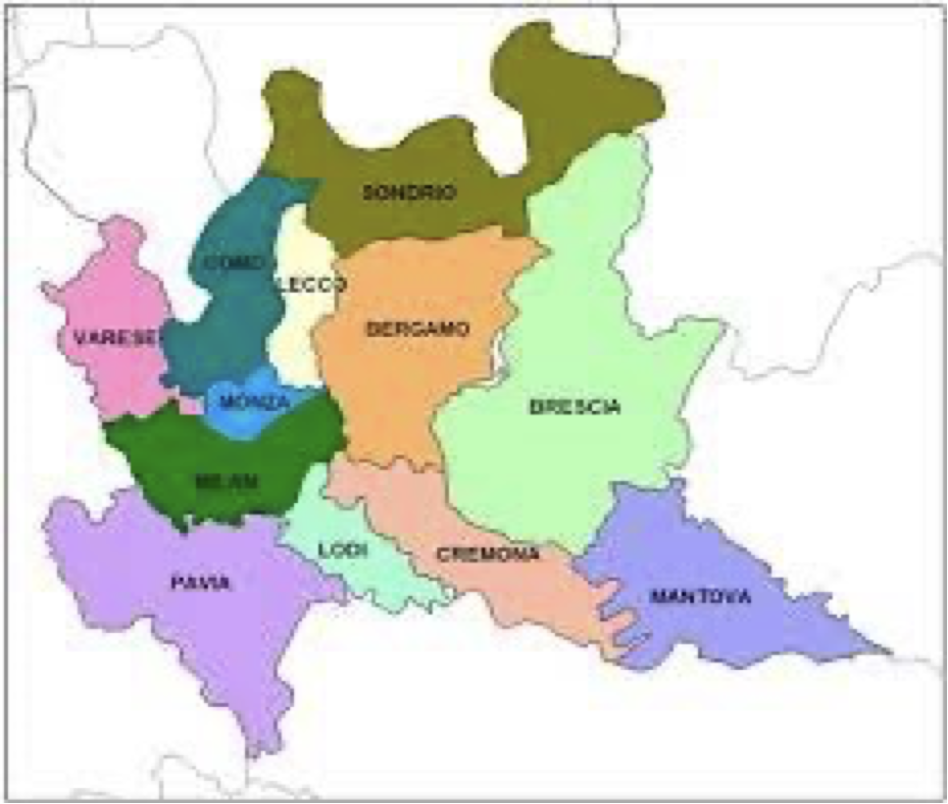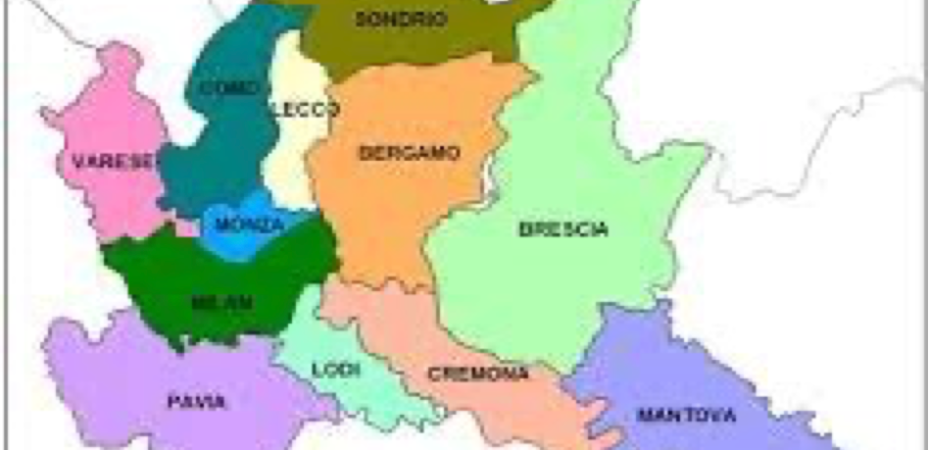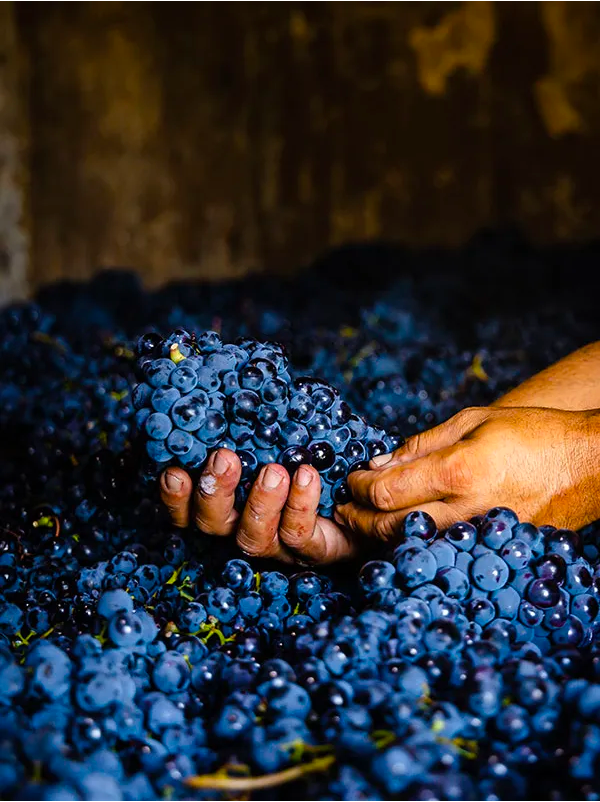
Over the next four days I will be posting about some of the best experiences of this year. First up, my September visit to Oltrepò Pavese, a wine area renowned for its Pinot Noir in Italy’s northern region of Lombardia. While you may not yet have heard of the area, it makes up 60% of Lombard viticulture so is an area to get to know. Pinot Noir is not a recent phenomenon in the area but has been there for over 100 years. The grape is made into still and sparkling wines of note. I was lucky enough to attend a special Pinot Noir event during the trip.

Oltrepò Pavese is located on the 45th parallel like Bordeaux and Oregon. They have a flourishing Consortium with around 160 producers and 1300 growers with 13,000 hectares of vines . Many of the families have been in the area for over 100 years continuously making wine. Another fun fact is that a host of the wineries are fun by women.
The area as you can see from the map above is ordered by three regions: Piedmont, Emilia Romagna, Liguria and its climate has influences from the Ligurian Sea to the South, Po River, and the Piedmont Mountains.
The region is shaped in the form of a grape bunch and is essentially four valleys, the Staffora Valley, Coppa Valley, Scuropasso Valley, and the Versa Valley.
Oltrepò is among the largest areas in Europe for Pinot Nero after Burgundy and Champagne and has been there since the 1800s.
It was back in 1870 when a sparkling wine from from Oltrepò was first mentioned. Domenico Mazza di Codevilla was the first to produce sparkling wine in the area. By the year 1900, sparkling wine production took off. The Oltrepò Metodo Classico was awarded the DOCG designation after the 2007 harvest. 70% of the bottling must be Pinot Noir and secondary fermentation takes place in the bottle. There is also an Oltrepò Metodo Classico Rosé with a 70% minimum of Pinot Noir.
If the label wants to be an Oltrepò Pavese metodo classico Pinot nero or an Oltrepò Pavese metodo classico Pinot nero rosé it must have a minimum of 85% Pinot Nero.
There is also another sparkling wine designation called Oltrepò Metodo Classico Cruasé. This time the minimum for Pinot Noir is 75%. Not to be outdone, there is also a still denomination Pinot Noir dell’Oltrepò Pavese which must be a minimum of 96% Pinot Noir but as you can imagine is usually 100% Pinot Noir. The clones of Pinot Noir used have been in the area since the mid 1800s, post-phylloxera.
With all of these Pinot Noir designations, you get the sense of how important the grape is to the region. As a brand ambassador for Oltrepò Pavese, I hosted a number of webinars and events this year in New York, Boston, and Chicago promoting these wines. I will share photos from the individual wineries we visited this week. This was my second trip to Oltrepò and I was also treated to one of the best meals of my life – a Lombard take on the seven fishes dinner which I will also write about as it stands out as one of my favorite meals of the year.



